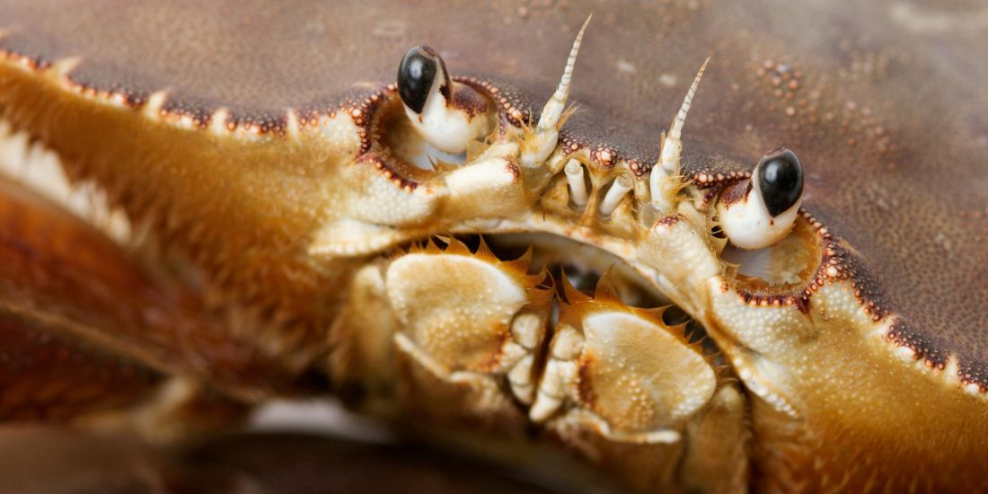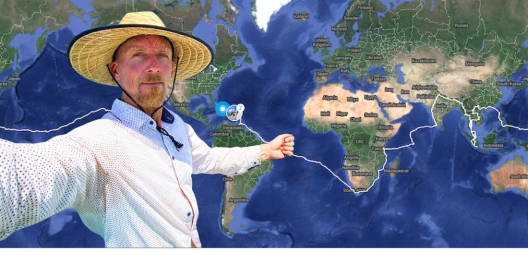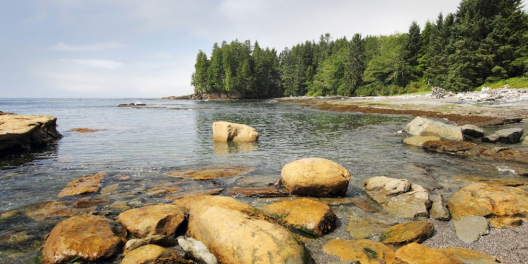“From Cauliflower to Grapefruit: The Silent Threat Beneath the Waves
This is an odd metaphor, but bear with us.
Imagine how much more sour a grapefruit is than a cauliflower.
PH is the 0-14 point measurement scale we use to test how acidic our sour something is. There are about 2 points on the PH scale between a grapefruit (sour) and a cauliflower (not sour).
Two PH points might not sound like a huge jump, but you can taste the difference.
Now think of how different our oceans would be if the water got 2 points more acidic.
It goes from beyond bland to purse your lips sour pretty quickly.
That’s exactly what’s happening right now.
All the carbon dioxide we humans produce from burning fossil fuels like coal and oil, ends up either in the atmosphere – or being absorbed by the ocean.
When it hits the salty ocean water, it transforms from carbon dioxide into carbonic acid. This doesn’t sound great, and it isn’t.
Our oceans have already become a third more acidic than they were at the start of the industrial era.
If nothing changes by 2100, our oceans will become about 2 points more acidic—the same difference as grapefruit and cauliflower.
While we humans would taste the difference, Dungeness crabs can smell the difference.
Or rather, they won’t.
According to a new study published in the journal Global Change Biology, the rise in acidity will cause native BC crabs to slowly lose their sense of smell.
“This is really how they communicate. This is how they feed. This is how they mate and reproduce,” lead author of the study Andrea Durant told Times Colonist.
By 2100, scientists say the crabs will need to get about twice as close to their food before they’ll be able to smell it.
This will likely have significant effects on our native crab population.
“It’s one of the largest fisheries in the Pacific Northwest, and especially BC,” Durant said. “[It] would be a huge impact to fisheries if we were to lose this population.”
Unfortunately, while this study may have focused on the Dungeness Crab specifically, it’s far from the only ocean critter that will be affected.
The more acidic the ocean, the less calcium carbonite it can hold. Calcium carbonate is the main ingredient ocean animals use to grow their shells and how coral grows into reefs.
Without this essential natural compound, many of our other favourite foods – oysters, clams, and mussels – are off the menu.
Further up the food chain, ocean acidification is already nose-diving other species’ sense of smell—for example, sea bass.
“This is a sense that is vital to marine animals,” Durant said. “Really, the question is whether they can adapt.”
Not to sound doom and gloom, but at the rate of acidification taking place right now, they’re either going to adapt or dissolve.









